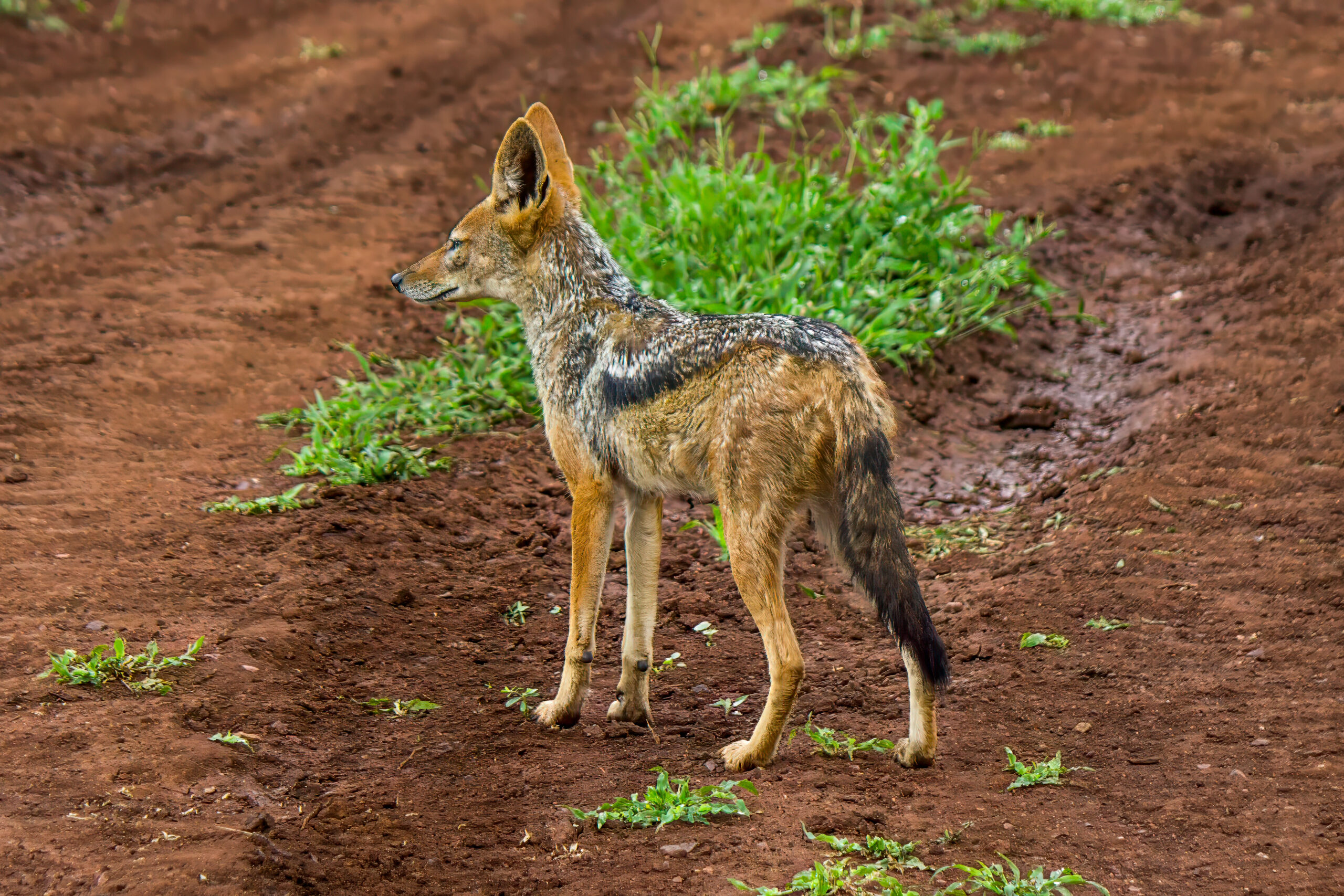Description
The red fox (Vulpes vulpes) is one of the most widespread and adaptable mammals in the world, inhabiting various regions across the Northern Hemisphere. This includes North America, Europe, Asia, and parts of North Africa. Typically, they have a body length of 45-90 cm (18-35 in), a tail length of 30-55 cm (12-22 in), and weigh between 3-14 kg (6.5-31 lbs). Red foxes exhibit significant variation in size and color based on their geographical location. The iconic reddish-brown fur with a white underbelly, black ear tips, and legs is most common, though color variations can range from silver to black.
Diet & habitat
Red foxes are highly adaptable omnivores. They thrive in a variety of habitats including forests, grasslands, mountains, deserts, and even urban areas. Their diet primarily consists of small mammals like rabbits and rodents, birds, insects, fruits, and vegetables. They are known for their opportunistic feeding behavior, often scavenging for human leftovers in urban settings. Red foxes use their keen sense of hearing to detect prey underground and are skilled hunters, using a characteristic pouncing technique to capture prey.
Behavior
Red foxes are mostly solitary animals but are known to form monogamous pairs during the breeding season. They are primarily nocturnal, although they can be active during the day in undisturbed areas. Foxes are territorial, marking their home range with scent markings. They communicate using a range of vocalizations, body language, and scent marking. Red foxes are also known for their intelligence and cunning behavior, which is often reflected in cultural folklore.
Reproduction
Breeding season for red foxes typically occurs from January to March. After a gestation period of around 49-58 days, the female, called a vixen, gives birth to a litter of 4-6 kits in a den. These dens are often burrows dug by the fox or taken over from other animals. Both parents participate in raising the young, with the male providing food while the female stays with the kits. The kits are weaned at around 8-10 weeks and begin to venture outside the den. By autumn, they are usually independent. Red foxes can live up to 5 years in the wild, though many succumb to disease, predation, or human-related incidents earlier. In captivity they can live to become 15 years old.
Relationship to humans
The red fox holds significant cultural and economic value. It features prominently in folklore and literature, symbolizing cunning and trickery. Additionally, foxes have been hunted for their fur and as pest control agents. They have also been introduced to various regions outside their native range, such as Australia, where they have had a significant impact on local wildlife. In urban areas, red foxes have adapted well, often seen as both a nuisance and a charming wild neighbor.
Status
The red fox is listed as least concern on the IUCN Red List due to its wide distribution and large population. However, they face threats from habitat loss, road traffic, hunting, and disease. In some regions, such as Australia, they are considered invasive and are subject to control measures to protect native wildlife.







